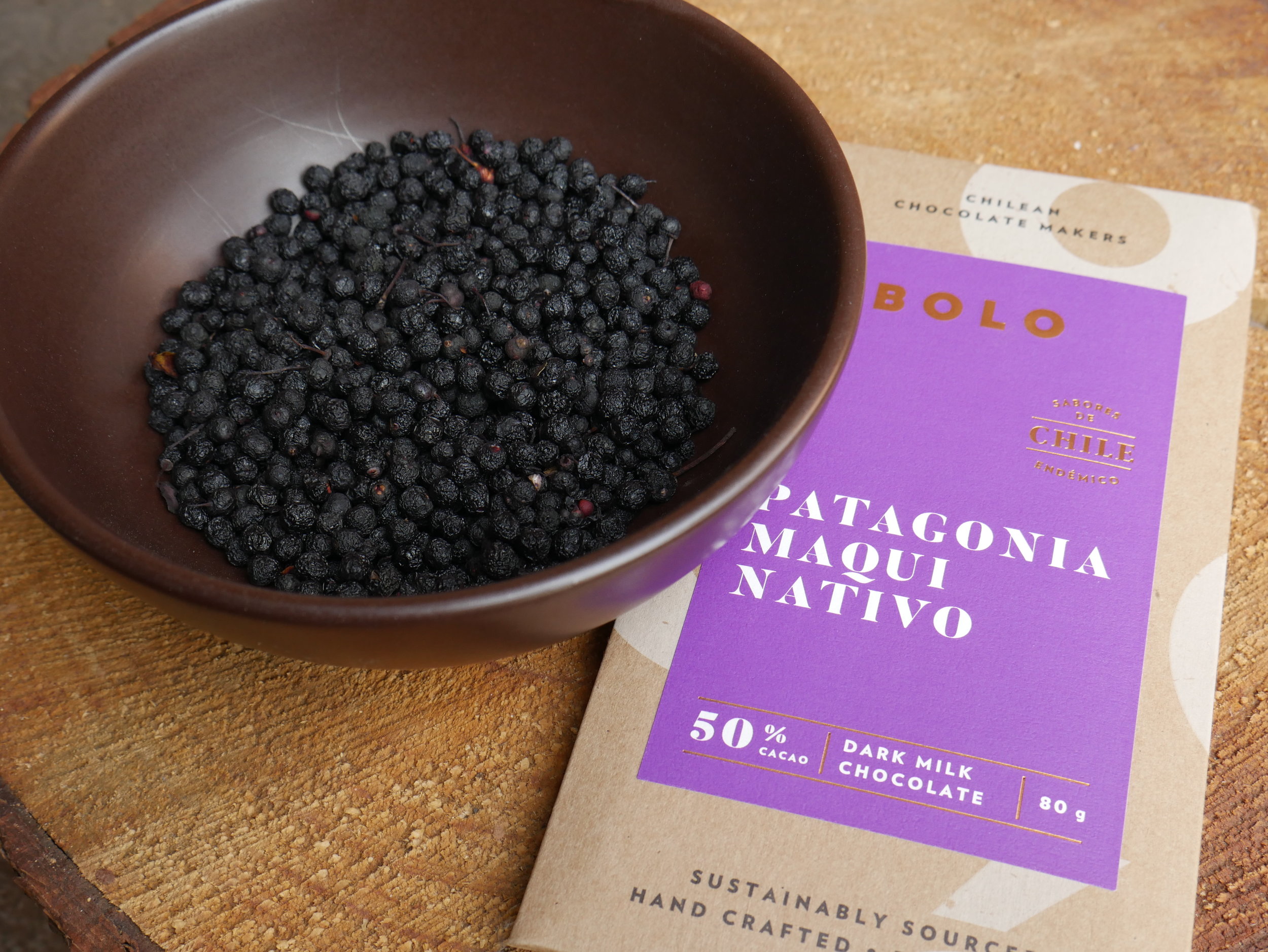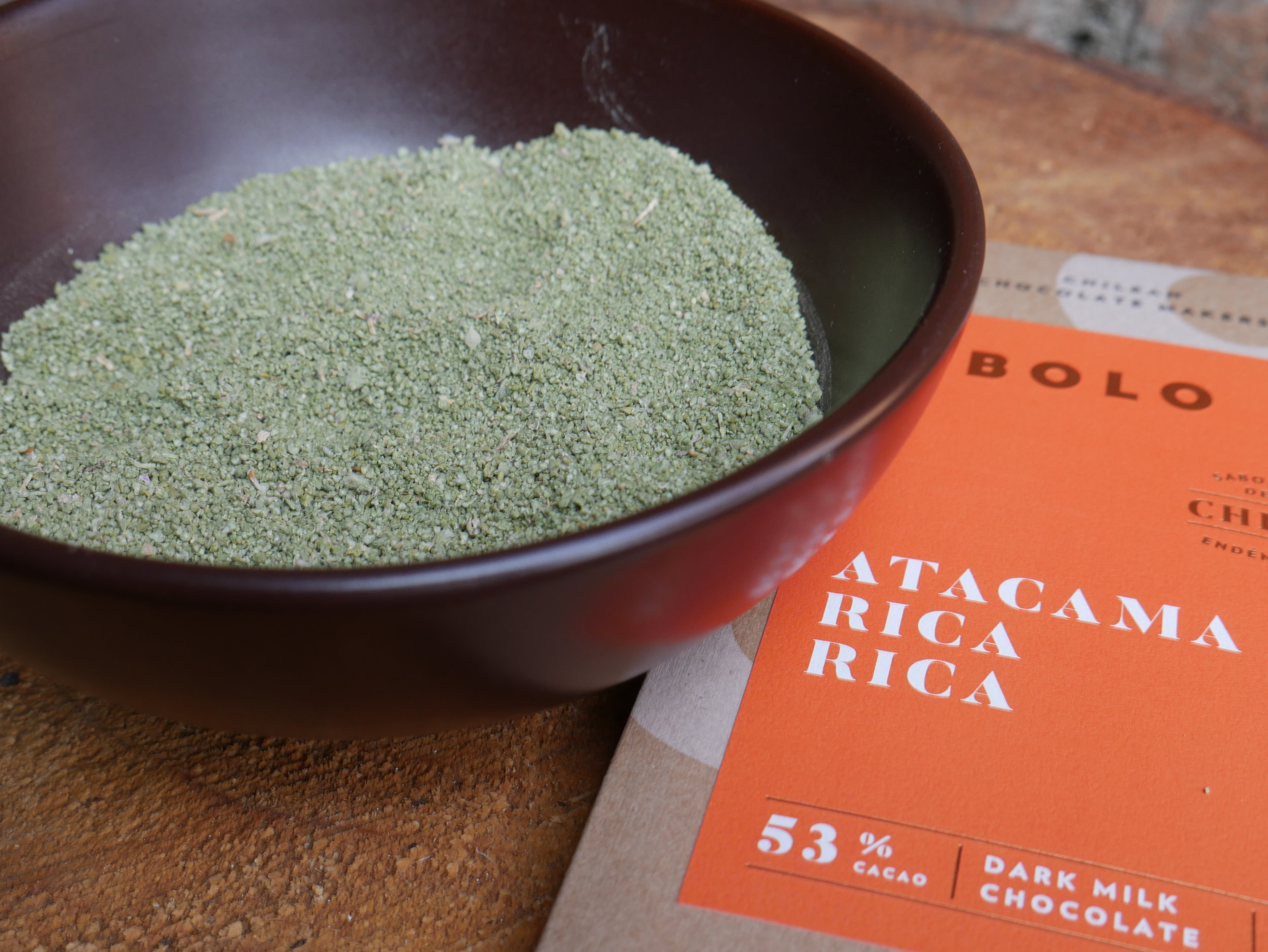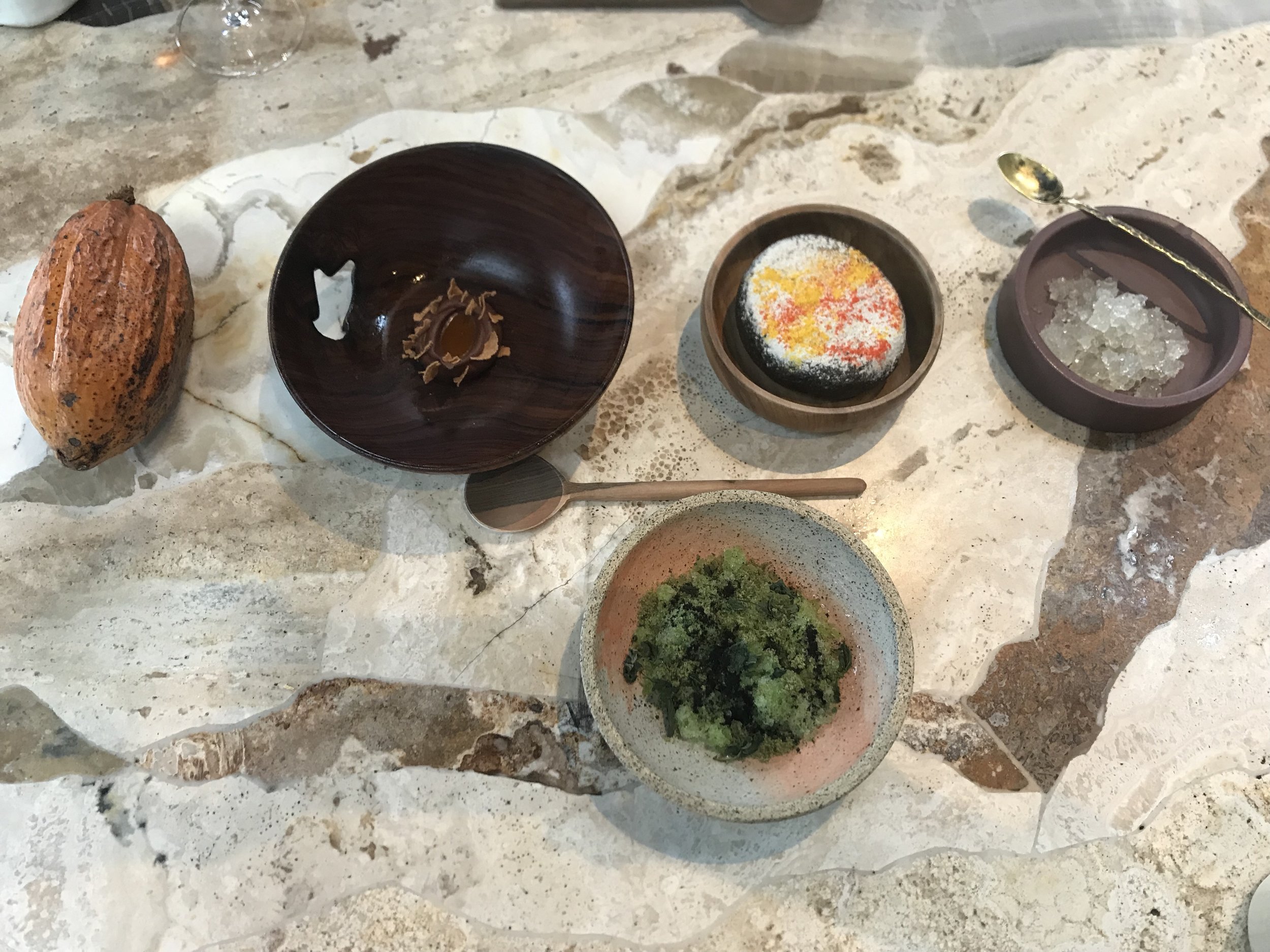You may have noticed it’s been pretty quiet around Chocolate Noise lately, and that’s because I was hanging out in South America for a few weeks. Obolo Chocolate in Santiago, Chile, invited me to visit their bean-to-bar factory and store to celebrate the launch of their new Chilean inclusion bars (an idea I’d mentioned at Chocolate Summer Camp last year), and I decided to throw in a little trip to Peru to eat everything in Lima and the rainforest.
Here are some photos from my trip, which, you’ll notice, is heavily slanted toward everything cacao and chocolate, even though I wasn’t there for “work.” Obolo is the first bean-to-bar maker in Chile, and I was pumped that because there’s such a strong wine culture there, people seemed to understand terroir, origin, and so on. (P.S., if you’re in NYC, they’re launching their bars on Saturday, August 24, at a party at the Meadow from 5-8 PM. See you there!) In Peru, I was particularly excited to see all of the craft chocolate made at origin, as well as how cacao fruit is being incorporated into fine dining there.
Obolo has created quite a community in the Barrio Italia neighborhood in Santiago, and does quite a bit to educate about bean-to-bar chocolate. Recently they started working with a hip new restaurant called La Mesa, which uses Obolo in all of their desserts, like this chocolate mousse “sandwich” with cacao nib cookies, coffee cream, and mushroom powder on top.
Here are two of my favorite bars from their new line of Chilean inclusion chocolates, one made with maqui berries from Patagonia and another made with a minty herb called Rica Rica from the Atacama Desert.
Obolo owner Mark Gerrits and I visited the desert to meet up with Patricia Perez, the owner of La Atacameña, who forages for herbs like Rica Rica in the desert. She and her mother, grandmother, and so on have done so for centuries. Because it was our first time to visit the desert, Patricia arranged a ceremony for us to honor the land. On the left, Mark is taking a moment to honor pachamama (the earth) and our ancestors.
After that life-changing experience, I flew to Lima, Peru, to meet my husband, Marcus. First stop, Central, one of the top 50 restaurants in the world, where they served a fresh cacao juice cocktail, cacao husk tea, copoazu dip (copoazu is genetically related to Theobroma cacao) and a dessert that they said focused on the cacao fruit more than chocolate. From left to right: fresh cacao pod display, house-made bean-to-bar chocolate with some sort of local nut syrup, cacao-husk infused ice cream, cacao fruit jelly. Below, milk chocolate mousse made with cacao pod skin, topped with coca leaves and herb granita
Next stop: El Cacaotal, a Peruvian-focused bean-to-bar shop run by A.J. Wiley, an anthropologist who is possibly more obsessed with chocolate than I am. Her store in the Barranco neighborhood only sells bars made in Peru with Peruvian beans, and it’s divided by origin. Check out the flavor wheels divided by origin too! Her coffee barista made us a brilliant pour-over coffee and a latte made with toasted Theobroma bicolor, a relative of cacao, which kind of looks like a cracked white cocoa bean or weird almond. Roasty and delicious. The collection of bars on the table are all of the tree-to-bar brands available at El Cacaotal, which is quite a lot. And that last image is roasted cacao beans at the Surquillo Market.
I also met up with Carolina from Conciencia Chocolate, a Peruvian raw brand that works closely with farmers and oversees every step of the process. Here she is holding a very marked-up copy of my book! And on the right is a guy promoting the Choco Museo, a very disappointing store that’s included here because I LOVED his shirt. I hope the chocolate industry will start to be more playful with images of cacao pods, etc. like this.
Last but least on this non-chocolate-related part of the trip, Marcus and I flew to Puerto Maldonado in the rainforest to stay at InkaTerra Hacienda Concepcion. Of course we visited a cacao farm! Here we are, plus the grinder they use to make chocolate liquor, which InkaTerra bakes into its cacao bread and desserts. Last but not least, here’s my pile of chocolate to take home. Not pictured: the Marana bar we shared with our tour guide at the cacao farm, one of my favorite moments. And now, back to Brooklyn!

























